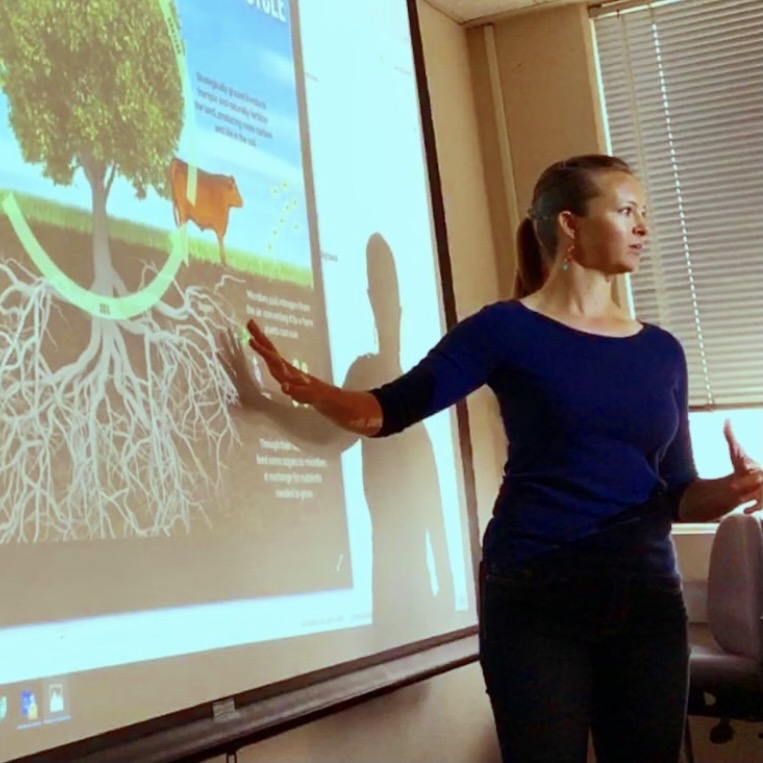
Cheryl Cosner
Cheryl Cosner

Cheryl Williams Cosner helps livestock producers new to sheep build healthy, profitable flocks through understandable research-based articles, videos and courses.
Cheryl has 35 years as a Holistic Management livestock producer and educator. Her fascination with sheep has led her to study every aspect of sheep health, nutrition and genetics. This passion for small ruminants led Cheryl to create Sheep School, an online educational platform for sheep information. Together with her business partner and husband, Robert, she regularly shares her experience with Holistic Management principles on ranch management, microeconomics, marketing, grazing and land management. Cheryl has collaborated with Washington State University and Oregon State University on award-winning projects about farm finance and livestock education.
Cosner’s outstanding contributions to agriculture have earned her recognition as Washington State University Woman Alumna of the Year and a national winner for the Farm and Ranch Survival Kit from the National Association of County Agriculture Agents’ Search for Excellence in Financial Management Education for Farms and Ranches. She is a director of Roots of Resilience, a non-profit organization that teaches regenerative agriculture principles to natural resource stakeholders.
Cheryl earned a Bachelor’s degree in Agriculture Science with minors in Animal Science and Agriculture Economics. She completed her MBA in Marketing from City University of Seattle and taught business at colleges and universities including a graduate-level teaching assignment in Bejing, China.
Cheryl is married to her business partner, Robert. They have successfully ranched together for 38 years.
Webinar Week
Great Grazing: Pasture Partnerships, Weird Feeds and Higher Profits
October 27 | 1:00 – 2:30pm MT
In this information-packed presentation, we will explore unusual crops and plants considered weeds as a feed source for ruminant livestock, particularly sheep. Adding sheep to a farming operation through ownership or a “Rent a Ruminant” program can create a win-win for regenerative farmers and livestock growers alike. Sheep are uniquely suited for converting a wide variety of plants- vegetables, cover crops and alfalfa aftermath- into nutrients for animal and soil health. Sheep can offer a high-value solution to soil improvement, weed reduction, reduced mechanical use and aftermath clean-up when used in a holistic farming model.
In this webinar you will learn:
What are the benefits of grazing aftermath and cover crops for farmers and livestock producers?
What are the nutrient benefits of unusual feeds and weeds for ruminants including alfalfa aftermath, winter squash, carrots, onions, sorghum-sudan grass, green pea waste, lambsquarter, prickly lettuce and many more.
How to winter graze sheep in a northern climate.
Where to source alternative feedstuffs.
What equipment do you need for successful and safe sheep grazing?
Common pitfalls to avoid when grazing sheep.
What aftermath and cover crop grazing with sheep can do for your bottom line?
What risks are associated with grazing certain crops and how to mitigate them?
How weedy species become an asset in your grazing plan.
How to build relationships with farmer partners that are interested in having their property grazed.
What free nutrients do sheep add to the soil and how it saves money.







